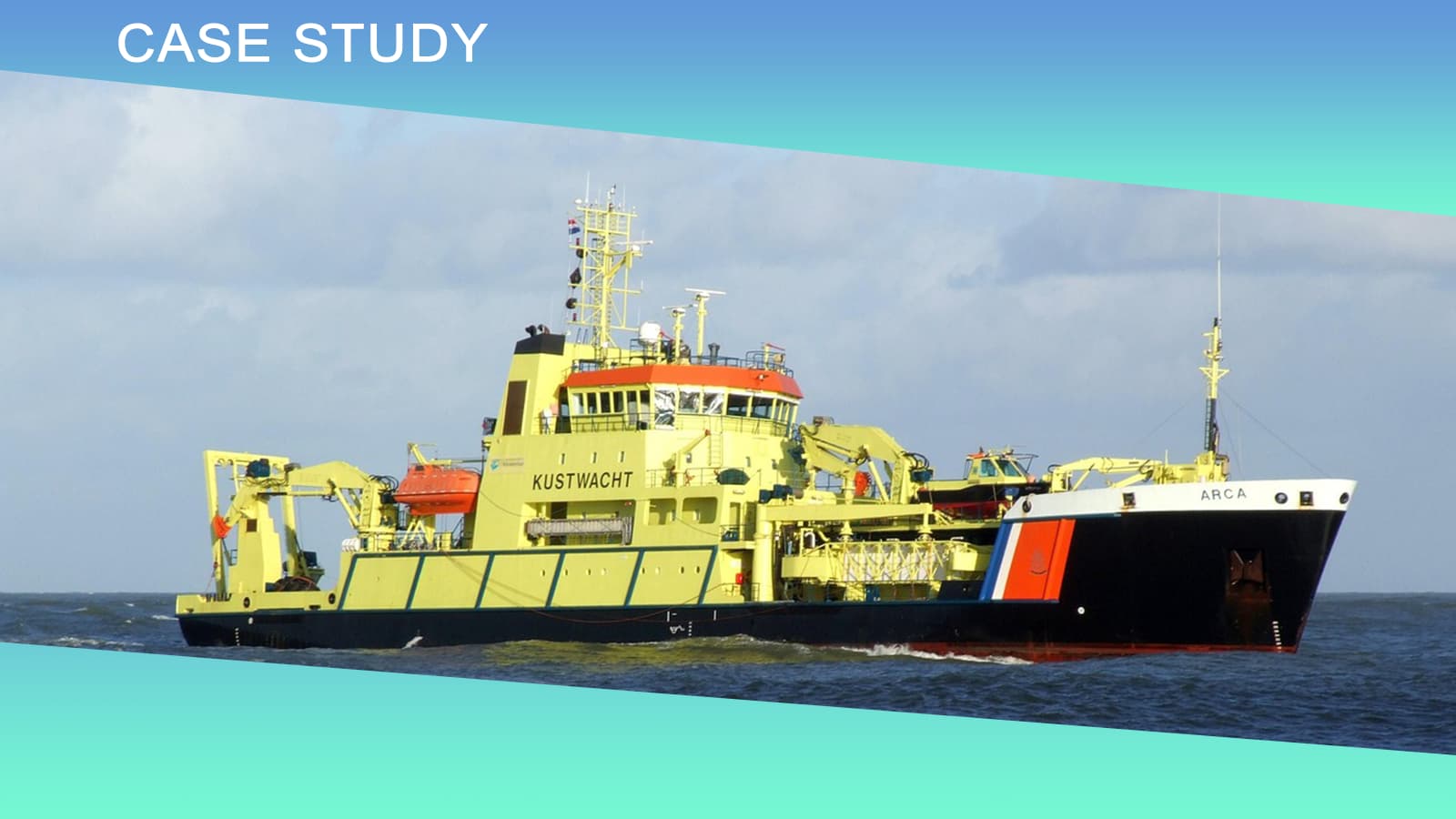Why Choose MEMS GNSS/INS? An Analysis of Five Major Advantages
Jun 12, 2025
Discover the top 5 advantages of MEMS GNSS/INS technology, including cost efficiency, lightweight design, and high accuracy. Ideal for drones, aviation, and surveying.
In modern navigation technology, MEMS GNSS/INS (Micro-Electro-Mechanical System Global Navigation Satellite System/Inertial Navigation System) has gradually become the preferred solution in numerous application fields due to its unique advantages. Whether it is marine surveying, land measurement, or navigation for unmanned aerial vehicles (UAVs), robots, or helicopters, MEMS GNSS/INS can provide outstanding performance. Today, let's talk about its five core advantages.
一、What is MEMS GNSS/INS?
MEMS GNSS/INS is a technology that integrates MEMS inertial navigation system (MINS) with global navigation satellite system (GNSS). By combining the advantages of both, it can provide high-precision position (Position), velocity (Velocity) and attitude (Attitude) information, which is abbreviated as PVA.
GNSS: Provides absolute position information through satellite signals, but is susceptible to interference or interruption of the signals.
INS: Based on inertial sensors, it can continuously output motion data, but there is a problem of error accumulation.
The complementarity of the two enables the integrated system to not only suppress the drift of inertial navigation but also make up for the instability of GNSS signals, thereby achieving high-precision navigation over both short-term and long-term periods.
二、Analysis of Five Major Advantages
1. High Cost Efficiency
The manufacturing of MEMS devices adopts the large-scale production technology of the semiconductor industry, which significantly reduces the production cost. Compared with traditional inertial navigation systems such as fiber optic gyroscopes (FOG), the price of MEMS GNSS/INS is more affordable and suitable for a wider range of applications in aviation and other fields.
2. Lightweight and Portable
The core feature of MEMS technology is miniaturization, with its size typically measured in micrometers. This compact size makes it an ideal choice for devices with limited space, such as drones or small aircraft. The lightweight design not only reduces the overall load but also enhances fuel efficiency and flight performance.
3. Flexible Installation
The compactness of MEMS GNSS/INS enables it to be adapted to various installation positions, whether fixed on the wing, fuselage, or other confined spaces, and can be easily integrated. This flexibility provides more possibilities for the design of modern avionics systems and automation equipment.
4. Low-power Design
The advancement of MEMS technology has significantly reduced power consumption. Through the optimization of power supply cycles and low-power modes, the energy consumption of MEMS GNSS/INS is much lower than that of traditional inertial navigation systems. For devices powered by batteries (such as drones), this means longer mission times and fewer charging requirements, significantly enhancing operational efficiency.
5. GNSS integration enhances accuracy
Simple MEMS INS can only calculate the motion trajectory based on relative positions, while GNSS can provide absolute positioning. The combination of the two not only compensates for each other's shortcomings but also corrects the accumulated errors of MEMS INS through filtering algorithms, achieving higher-precision navigation.
三、Outstanding Solution: Micro-Magic MEMS INS
As a leader in inertial navigation technology, Micro-Magic has launched three GNSS-assisted MEMS INS products with different levels of accuracy, covering requirements for surveying, tactical, and industrial applications. Among them, the surveying-grade product IF3500 stands out particularly:
Zero bias stability: 0.06°/hr
Accuracy of heave measurement: 5cm or 1%
High-precision MEMS accelerometer, with a range of ±10g, zero bias instability < 30µg
This product achieves a seamless integration of GNSS and INS, not only providing short-term high-precision navigation information, but also correcting long-term errors using GNSS. It is an ideal choice for various high-precision applications.
四、Conclusion
MEMS GNSS/INS, with its features of low cost, lightweight, flexible installation, low power consumption and high accuracy, is redefining modern navigation technology. It can bring significant value enhancement to users in fields such as aviation, surveying, and automation. If you are looking for an efficient and reliable navigation solution, MEMS GNSS/INS is undoubtedly worth considering!
IF3600
Whatever you needs, Micro-Magic is at your side.
IF3500
Whatever you needs, Micro-Magic is at your side.
IF3700
Whatever you needs, Micro-Magic is at your side.




 دعم الشبكة
دعم الشبكة
